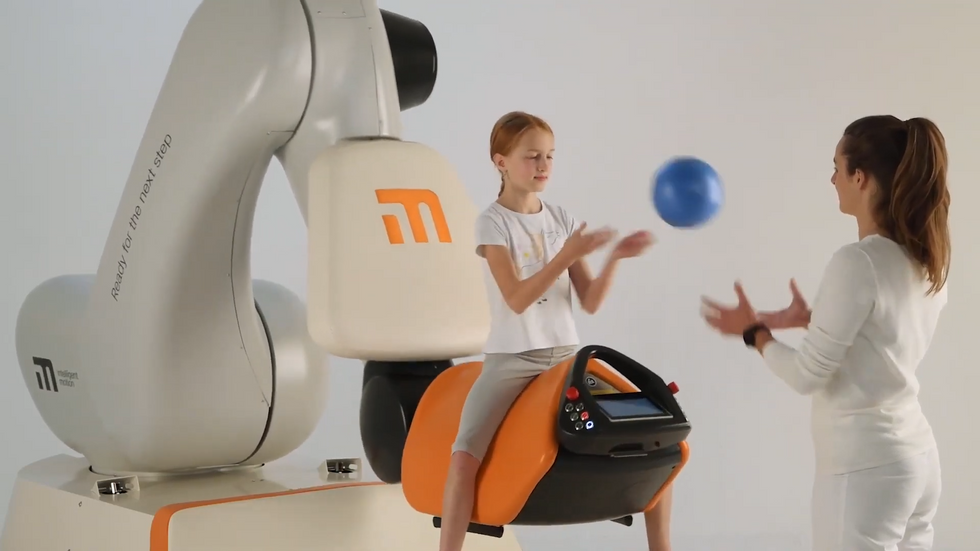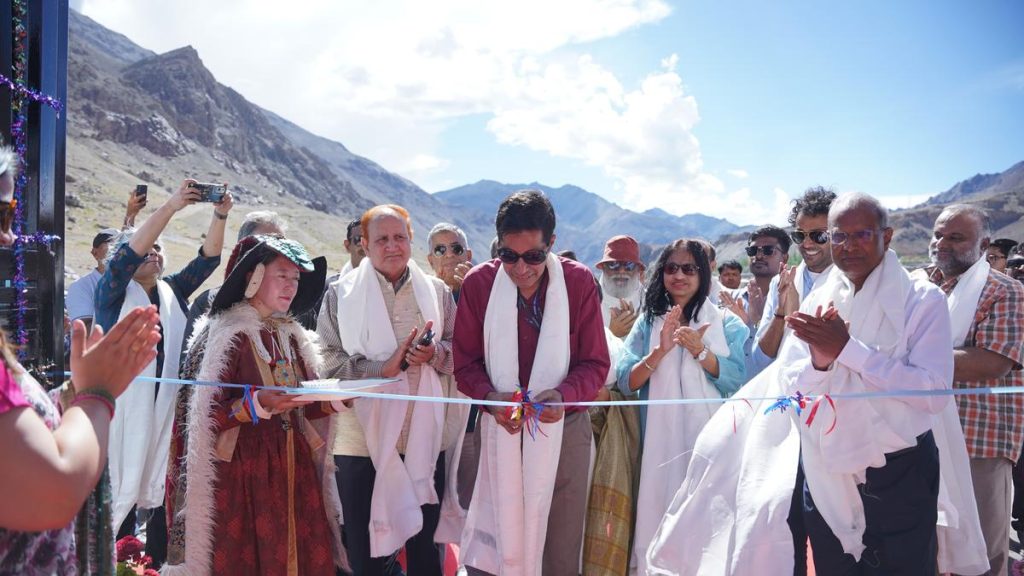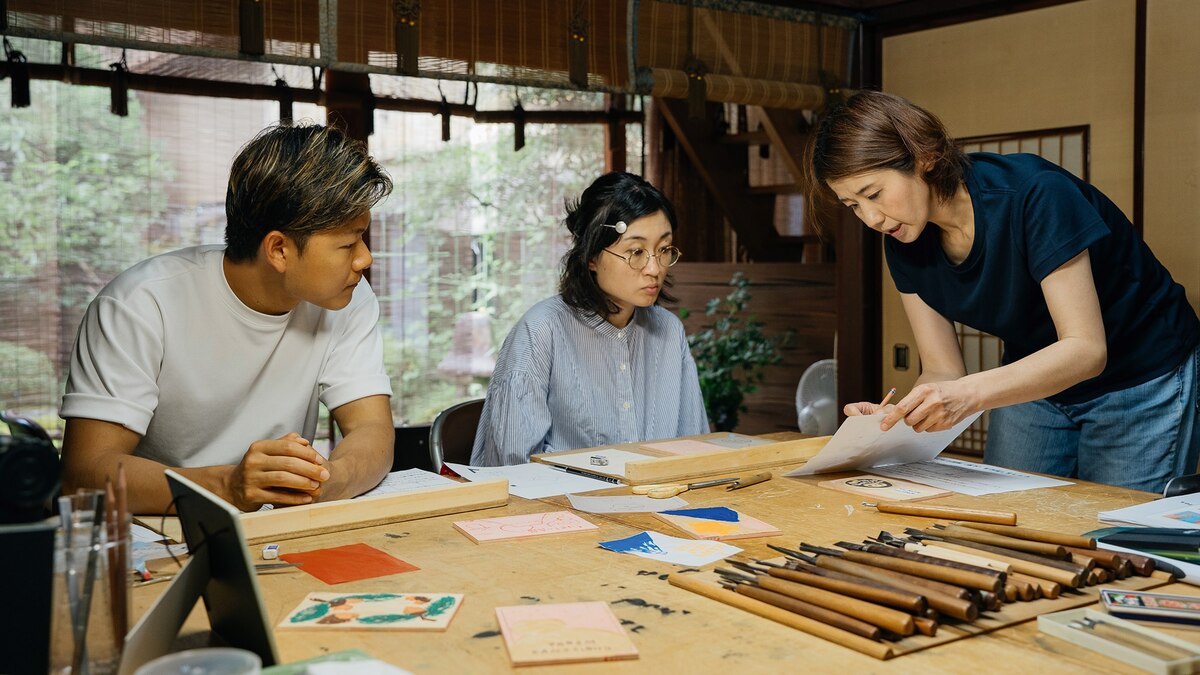Now Reading: Robotic Horse Simulator Offers Innovative Approach to Hippotherapy
-
01
Robotic Horse Simulator Offers Innovative Approach to Hippotherapy
Robotic Horse Simulator Offers Innovative Approach to Hippotherapy

Rapid Summary:
- Robotic Hippotherapy Simulator: KUKA robots integrated into physiotherapy equipment for advanced therapeutic benefits like precise motion control, individualized training, and reduced therapist workload.
- Ping-Pong Robot by MIT: A lightweight robotic arm equipped with high-speed cameras and predictive systems to play ping-pong with precision.
- Pan-Flipping Robots: Demonstrates agility and adaptability in motion control for dynamic tasks like flipping food items accurately.
- Edible Eco-Friendly Robot by EPFL: Biodegradable aquatic robot designed for environmental monitoring while minimizing artificial polymer waste.
- QuadRotary Flying Vehicle Design: A reconfigurable drone combining agility of quadcopters with the efficiency of rotary wings inspired by nature.
- Underwater robotics Tank at University of Michigan: A 10,000-gallon tank aiding research in robotics, marine sensing, and multivehicle coordination; promotes knowledge preservation through “tank lore.”
- Humanoid Jumping Robots Conceptualized by PAL Robotics: Focused on fun locomotion modes such as jumping rather than functionality alone.
- Various videos demonstrating advancements in clever motion labs, humanoid interaction design (Pollen Robotics), construction robotics (Dusty Robotics), generative task planning (Michigan-Georgian seminar), among others.
Indian Opinion Analysis:
india currently faces significant healthcare challenges due to its large population size and limited availability of trained therapists.The advancement of robotic technologies like KUKA’s hippotherapy simulator could herald an era where AI-powered devices assist therapy sessions more effectively while reducing costs-critical for a resource-constrained healthcare system. Additionally, india’s tech industry can explore similar innovations to expand its footprint in global AI-driven solutions.
The country’s growing appetite for robotics also aligns with developments seen here-from eco-friendly aquatic robots that can monitor water quality to aerial drones blending effective design principles for wider applications such as agriculture or infrastructure monitoring.These technologies showcase creative engineering streams that India’s STEM industries might find both inspiring and implementable within local contexts.
While strides are beyond immediate adoption due to infrastructural limitations or affordability concerns domestically, these global advancements highlight opportunities India could leverage via collaborations or localized adaptations over time. Robust policy planning toward skill enhancement remains equally pivotal alongside technological imports or investments.
























